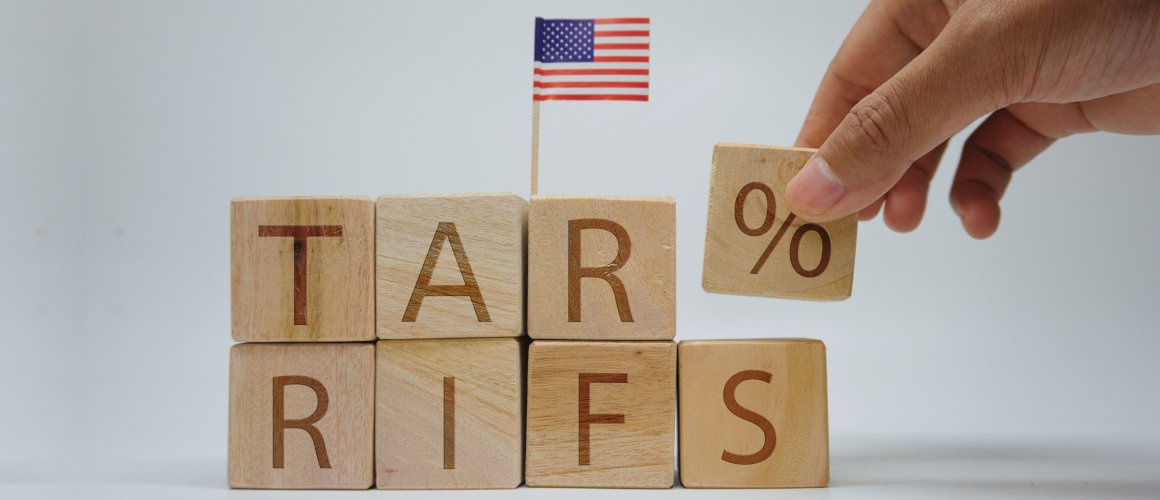- Products
- New Products
- Featured Products
- Color and Print Themes
- Blood Pressure Measurement
- NIBP / Vital Sign Monitors
- Digital Aneroid Sphygmomanometers
- Palm Aneroid Sphygmomanometers
- Pocket Aneroid Sphygmomanometers
- Pro's Combo Sphygmomanometers
- Multicuff Sphygmomanometers
- Clock Aneroid Sphygmomanometers
- Mercury Sphygmomanometers
- Home Blood Pressure Measurement
- Adcuff +
- Gauges
- Bulb & Valves
- Disposable Cuffs
- Reusable Cuffs & Bladders
- Sphygmomanometer Accessories
- Sphygmomanometer Parts
- Caseware
- CPR / Airway
- EENT
- Instruments & Accessories
- Laryngoscopes
- Penlights
- Pulse Oximeters
- Stethoscopes
- Thermometry
- Vital Signs Monitors
- Solutions
- About ADC
- Learning Center
- Support
- Blog
- Contact
What a Tariff Really Looks Like

Written By:
Marc Blitstein / President & CEO
Posted On:
October 28, 2025
We’ve had a lot of conversations about tariffs this year, both internally as we worked out how the taxes would impact our pricing and externally as we discussed these implications with our customers.
.jpg) A common question that's been asked is: "How does the tariff impact the retail price of the product?" It’s a great question, but like most things tariff-related the answer is complicated and the impact can vary. So we wanted to share a real-life example.
A common question that's been asked is: "How does the tariff impact the retail price of the product?" It’s a great question, but like most things tariff-related the answer is complicated and the impact can vary. So we wanted to share a real-life example.What a Tariff Does to Sourcing Costs
We recently received a shipment for a major component used in the manufacturing of our best-selling Sprague stethoscopes.
Typically this is an uneventful process. But this time the shipment triggered an automated alert that’s set up in our system to notify key personnel when any component cost changes by more than 5%.
Because we have historically kept a tight rein on our costs, this alert has appeared very infrequently. That is, until recently. With the imposition of tariffs throughout 2025, we are now seeing this cost alert hundreds of times per day.
That tariff on the Sprague component, highlighted here in yellow, was paid by ADC, within 10 days of receipt of the shipment. Not by the foreign company or country from which it came. By ADC. An American company with 115 employees who work and live in New York.
While that number looks small – a mere 85 cents – it represents the tariff we paid on that one, single piece. And we now pay that tariff on millions of pieces.
Our total tariff expense is now the second largest expense we incur, second only to payroll. It is more than our rent, insurance, health insurance, 401k expense, sales commission, and global transportation costs – combined.
And just like every one of those other expenses, you can bet that we will pass it through to the retail customers. It is the only way we can survive.
